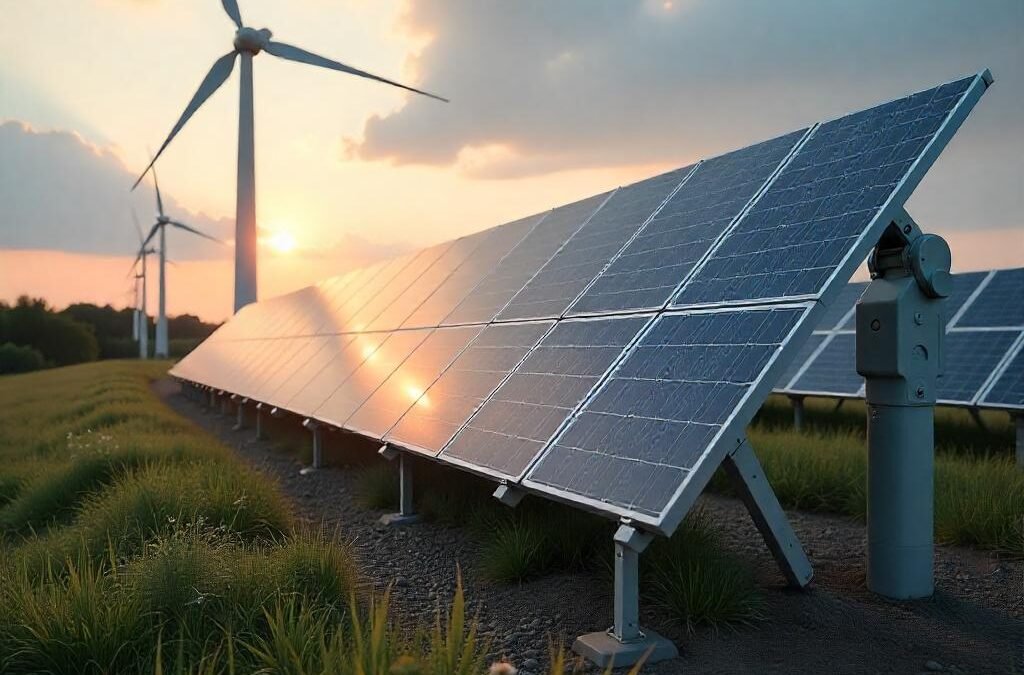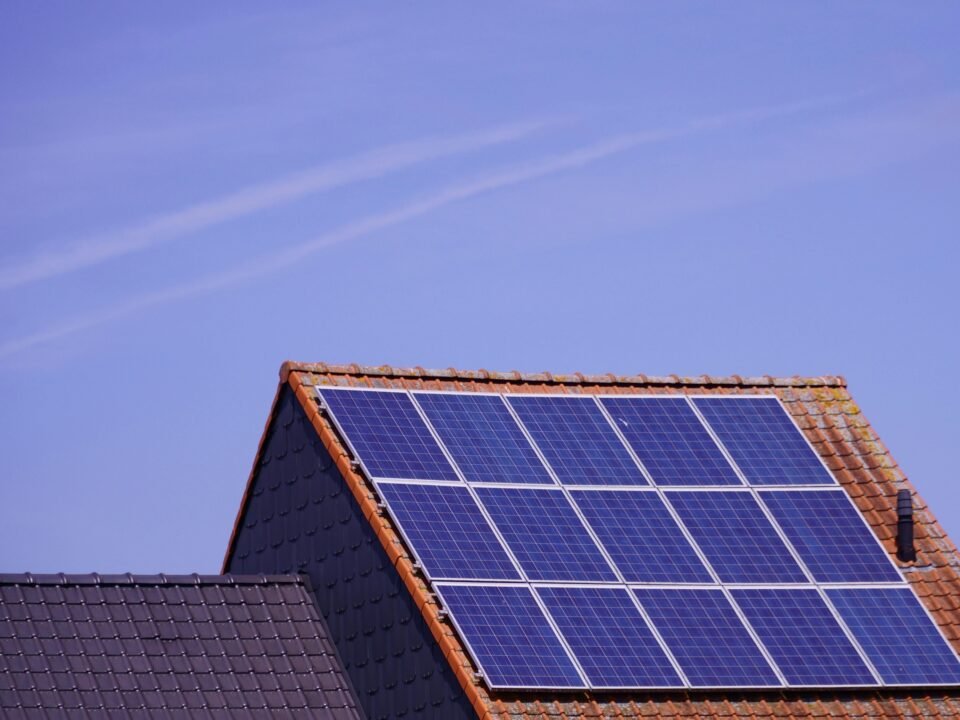As the global community grapples with the challenges of climate change and depleting fossil fuel reserves, renewable energy has emerged as a vital solution for a sustainable future. Unlike traditional sources such as coal and oil, renewable energy is derived from natural resources that are constantly replenished. This not only reduces greenhouse gas emissions but also minimizes our environmental footprint. In this blog, we’ll explore seven key types of renewable energy that are powering a greener tomorrow.
1. Solar Energy
Solar energy is arguably the most widely recognized form of renewable energy. It harnesses energy from the sun through photovoltaic (PV) cells or solar thermal systems. PV cells convert sunlight directly into electricity, while thermal systems use solar heat to produce energy.
Why it matters:
- The sun delivers more energy to Earth in one hour than the world consumes in a year.
- Solar panels are becoming increasingly affordable and efficient.
- It’s a scalable solution—from small rooftop systems to large solar farms.
Global impact:
Countries like China, the United States, and India are leading in solar power installations, significantly reducing their carbon footprints.
2. Wind Energy
Wind energy converts the kinetic energy of moving air into electricity using wind turbines. Onshore and offshore wind farms are now common sights in many parts of the world.
Why it matters:
- It produces no emissions during operation.
- Wind turbines can generate power day and night, unlike solar panels.
- Offshore wind farms offer higher and more consistent wind speeds.
Global impact:
Europe, especially countries like Denmark and Germany, has heavily invested in wind energy, with Denmark sourcing nearly half of its electricity from wind.
3. Hydropower
Hydropower, or hydroelectric energy, is generated by the movement of water, typically from rivers or dams. It is one of the oldest and most established forms of renewable energy.
Why it matters:
- Provides consistent base-load power.
- Can respond quickly to demand fluctuations.
- Offers storage capacity through pumped hydro systems.
Global impact:
China, Brazil, and Canada are leading producers of hydroelectric power, and hydropower contributes around 16% of the world’s electricity.
4. Geothermal Energy
Geothermal energy taps into the Earth’s internal heat to produce electricity or provide direct heating. It’s a stable and reliable form of energy available year-round.
Why it matters:
- Has a very small land and carbon footprint.
- Provides baseload energy—consistent and not weather-dependent.
- Suitable for heating buildings and greenhouses.
Global impact:
Countries along tectonic plate boundaries, such as Iceland and the Philippines, effectively use geothermal resources for both electricity and heating.
5. Biomass Energy
Biomass energy is produced from organic materials like agricultural waste, wood chips, and animal manure. These materials are burned or converted into biofuels like ethanol and biodiesel.
Why it matters:
- Utilizes waste products, reducing landfill use.
- Can be stored and used on demand.
- A potential source of carbon-neutral energy when sustainably managed.
Global impact:
In countries like the United States and Brazil, biofuels from corn and sugarcane are widely used for transportation.
6. Ocean Energy (Tidal and Wave)
Ocean energy includes both tidal and wave power. Tidal energy is generated by the gravitational pull of the moon and sun, while wave energy comes from the surface motion of the ocean.
Why it matters:
- Oceans cover over 70% of Earth’s surface, offering vast potential.
- Tidal movements are predictable, ensuring reliable energy generation.
- Minimal visual impact compared to land-based systems.
Global impact:
Countries like the UK, Canada, and South Korea are pioneering projects in this domain, though ocean energy is still in the early stages of development.
7. Hydrogen Fuel (from Renewable Sources)
Hydrogen, when produced through electrolysis powered by renewable energy (called green hydrogen), can serve as a clean fuel for sectors hard to electrify—such as heavy industry and transportation.
Why it matters:
- Can be stored and transported like fossil fuels.
- Emits only water vapor when used.
- Bridges the gap between intermittent renewables and continuous power demand.
Global impact:
The European Union, Japan, and Australia are investing heavily in green hydrogen as part of their decarbonization strategies.
The Role of Renewable Energy in a Sustainable Future
The adoption of renewable energy sources is no longer a choice—it is a necessity. Each of the seven types discussed offers unique benefits and can be adapted based on geographical and environmental conditions. Together, they form a diverse and resilient energy mix capable of replacing polluting fossil fuels.
Here’s how renewable energy contributes to a sustainable tomorrow:
- Reduces greenhouse gas emissions, slowing the pace of global warming.
- Creates jobs in emerging green technologies and industries.
- Promotes energy independence and reduces reliance on imported fuels.
- Improves public health by cutting air and water pollution.
Challenges and the Road Ahead
Despite its promise, the transition to 100% renewable energy comes with challenges:
- Intermittency of sources like solar and wind.
- Storage limitations and the need for improved battery technology.
- High upfront costs for infrastructure development.
- Policy and regulatory hurdles that vary by region.
However, innovation in energy storage, smart grids, and supportive government policies are accelerating the shift. Public awareness and investment in renewable energy are at an all-time high, signaling a transformative decade ahead.
Conclusion
The seven types of renewable energy—solar, wind, hydropower, geothermal, biomass, ocean, and hydrogen—each play a crucial role in powering a greener, cleaner world. By embracing these sustainable energy sources, we not only combat climate change but also create a resilient and equitable future for generations to come.
As individuals, businesses, and nations, supporting and investing in renewable energy is one of the most impactful choices we can make today for a better tomorrow.



